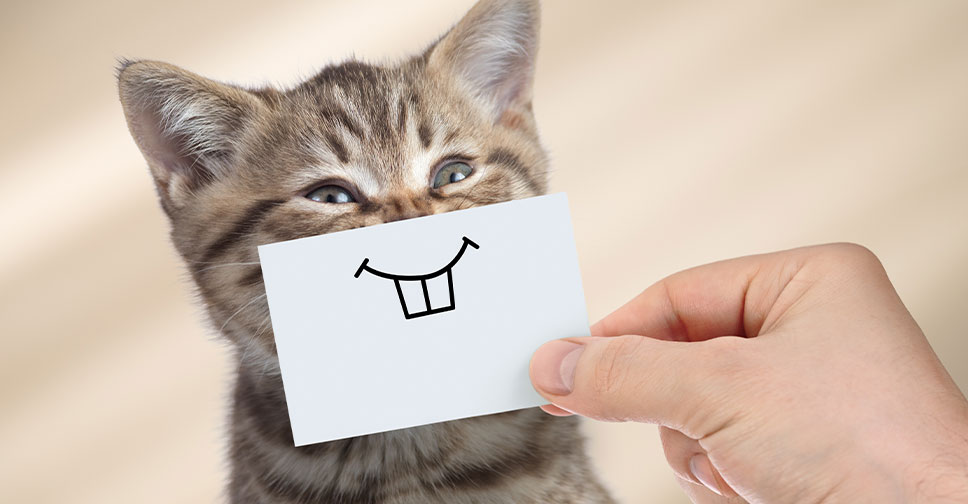
Dental Disease in Dogs & Cats
Dental disease is just as common in dogs and cats as it is in people, the most common form of dental disease being periodontal disease – tartar builds up and causes irritation of the gums around the base of the teeth. This leads to gingivitis (inflammation of the gums). The gums recede and expose the tooth roots leading to infection and ultimately tooth loss.
Dry food and chews do reduce the amount of tartar but once tartar has formed, cleaning under a general anaesthetic is required.
Some animals build up tartar more quickly than others due to individual mouth chemistry. Some animals need dentals annually and others only every few years. Poor dental health can lead to infection of the heart and lungs, therefore leading to poor general health.
Dental Procedures
If your vet has recommended a dental procedure for your animal, the process is as follows:
1. Anaesthesia – a general check over prior to the procedure and possibly a blood test will be recommended so we can make the anaesthetic as smooth and safe as possible. We almost always use IV fluid therapy during the procedure.
2. Full mouth examination – once your pet is under an anaesthetic, each tooth is individually probed and charted to check for gingivitis, calculus and other abnormalities like pocketing. Sometimes dental radiographs (x-rays) are also required.
3. Extractions – We only extract teeth if absolutely necessary, if the tooth is causing your pet pain or discomfort.
Post Dental Care
Once your pet’s dental procedure has taken place and their teeth are all shiny and clean, there are a few steps we can take to ensure they stay that way for as long as possible:
1. Tooth brushing – The gold standard of dental care is to brush your pet’s teeth on a daily basis. There are a range of flavoured toothpastes on the market to make this a more positive experience for your pet, as well as easy-to-use soft toothbrushes.
2. Dental diets – Your vet may recommend your pet to use a veterinary prescription dental diet shortly after their procedure to help to scrape away plaque as it forms. Popular dental diets are Hills t/d and Royal Canin dental.
3. Food/water additives – After a dental scale and polish is the ideal time to start using food and water additives as we are working with a nice clean base. These products help to form a film over the surface of the teeth that makes it harder for plaque to stick. We stock Oxyfresh which is a popular water additive, as well as Simply Seaweed which is sprinkled onto the food.
4. Dental chews – The action of chewing/gnawing is very beneficial to keeping your pets teeth clean.
